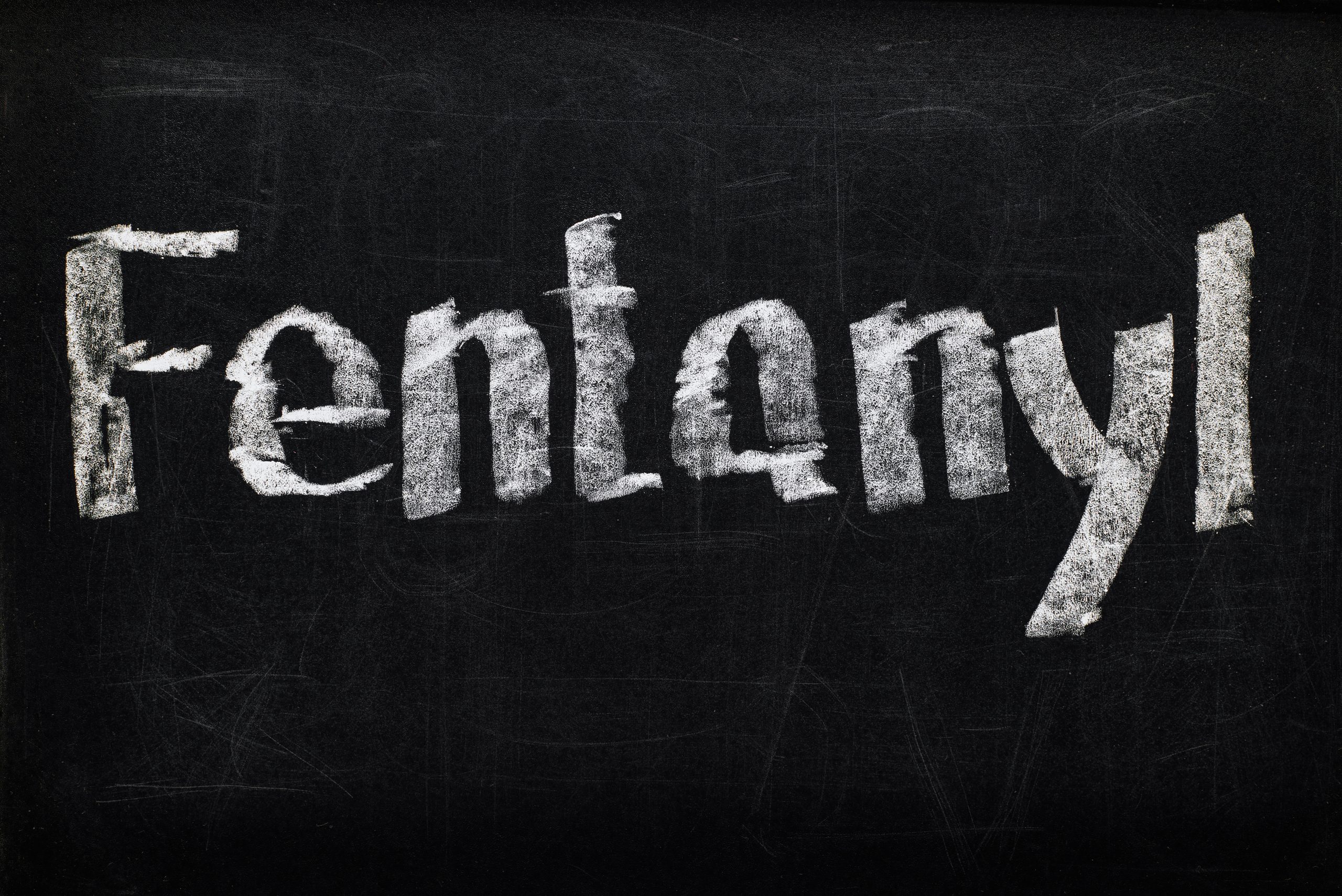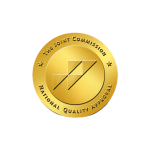What You'll Learn:
- Learn about the dangers and prevalence of this potent opioid.
- Discover the red flags that may indicate someone is using fentanyl.
- Understand the timeline and challenges of withdrawing from fentanyl.
- Find out how to get support and treatment for fentanyl addiction.
- Learn about harm reduction strategies and the importance of awareness.
Fentanyl, a synthetic opioid, has been making headlines across the nation due to its alarming role in the opioid epidemic. This potent drug is incredibly dangerous, with a small amount having the potential to be fatal. It's crucial to raise awareness about fentanyl, its risks, and what you can do to protect yourself and your loved ones from its devastating effects.
Understanding Fentanyl
Fentanyl, often pronounced as "fen-tuh-nil," is a synthetic opioid that is designed to be even more potent than other opioids like heroin or morphine. It was originally developed for medical use, typically in cases of severe pain management, such as during surgery or for patients with chronic pain who have built up a tolerance to other opioids.
However, the illicit production and distribution of fentanyl have surged in recent years, leading to a significant increase in overdose deaths. One of the reasons fentanyl is so dangerous is its potency. It can be 50 to 100 times more potent than morphine and, in some cases, even stronger.
Signs of Fentanyl Use
Recognizing the signs of fentanyl use is essential, especially if you suspect someone you care about may be using this dangerous drug. Some common signs of fentanyl use include:
- Extreme Drowsiness: Fentanyl can cause extreme drowsiness or sedation, making it difficult for the user to stay awake or alert.
- Confusion: Users may appear confused or disoriented, struggling to hold a coherent conversation or respond appropriately.
- Pinpoint Pupils: One of the telltale signs of opioid use is pinpoint pupils—extremely small pupils that don't react to changes in light.
- Slow Breathing: Fentanyl can slow down the respiratory system, leading to slow, shallow breathing, or even periods of not breathing at all.
- Nausea and Vomiting: Users may experience nausea and vomiting as a side effect of fentanyl use.
- Itchiness: Opioids like fentanyl can cause intense itching, often leading to users scratching their skin.
- Overdose Symptoms: In severe cases, fentanyl overdose can lead to unconsciousness, seizures, and even death.
It's crucial to remember that fentanyl is often mixed with other drugs, such as heroin or cocaine, without the user's knowledge. This makes the risk of overdose even higher, as the combination can have unpredictable and deadly effects.
Fentanyl Withdrawal
If you or someone you know is struggling with fentanyl addiction, it's important to understand the withdrawal process. Fentanyl withdrawal can be intensely uncomfortable, but it's a necessary step towards recovery. Here's a general timeline of fentanyl withdrawal:
- Early Withdrawal (6-12 hours after the last dose): Early withdrawal symptoms may include restlessness, anxiety, and muscle aches.
- Peak Withdrawal (1-3 days after the last dose): This is when withdrawal symptoms are at their most intense. Symptoms may include nausea, vomiting, diarrhea, sweating, and insomnia.
- Late Withdrawal (5-7 days after the last dose): Symptoms begin to subside, but individuals may still experience lingering discomfort, depression, and cravings.
Seeking Help
Overcoming fentanyl addiction is an immense challenge, and it's not something that should be attempted alone. Seeking professional help is essential for a safe and successful recovery. Treatment for fentanyl addiction often includes:
- Medical Detox: This initial phase involves monitoring and managing withdrawal symptoms to ensure the individual's safety.
- Inpatient or Outpatient Rehab: Depending on the severity of the addiction, individuals may enter an inpatient or outpatient rehabilitation program.
- Behavioral Therapy: Therapy, such as cognitive-behavioral therapy (CBT) and dialectical-behavior therapy (DBT), can help individuals address the root causes of their addiction and develop healthier coping strategies.
- Support Groups: Participating in support groups, such as Narcotics Anonymous (NA), can provide valuable peer support and guidance.
- Aftercare: A crucial part of recovery involves aftercare planning, which includes ongoing support and relapse prevention strategies.
Protecting Your Loved Ones
Fentanyl is a danger not only to those who use it but also to their loved ones. If you suspect someone you care about is using fentanyl, here are some steps you can take to help:
- Educate Yourself: Learn about fentanyl awareness, its effects, and the signs of use.
- Express Concern: Have an open and non-judgmental conversation with the person you're worried about. Express your concern for their well-being.
- Encourage Treatment: Offer support and encouragement for them to seek treatment. Be ready with information about treatment options.
- Harm Reduction: If they are not yet ready for treatment, provide harm reduction resources, such as information on naloxone (Narcan) and safe injection practices.
- Set Boundaries: If necessary, set boundaries to protect yourself and others. This may include not enabling their drug use or seeking support for themselves through groups like Al-Anon.
Fentanyl is a formidable foe in the battle against addiction, but with awareness, education, and access to treatment, recovery is possible. If you or someone you know is struggling with fentanyl addiction, don't hesitate to seek help. Recovery is a journey, and it's one that can save lives and provide hope for a brighter future.
Remember, you're not alone in this fight. Reach out to American Recovery at 866-484-2502 to speak with our compassionate team of professionals who are here to support you every step of the way toward recovery. Your life is worth saving, and there is hope for a better, drug-free future.


